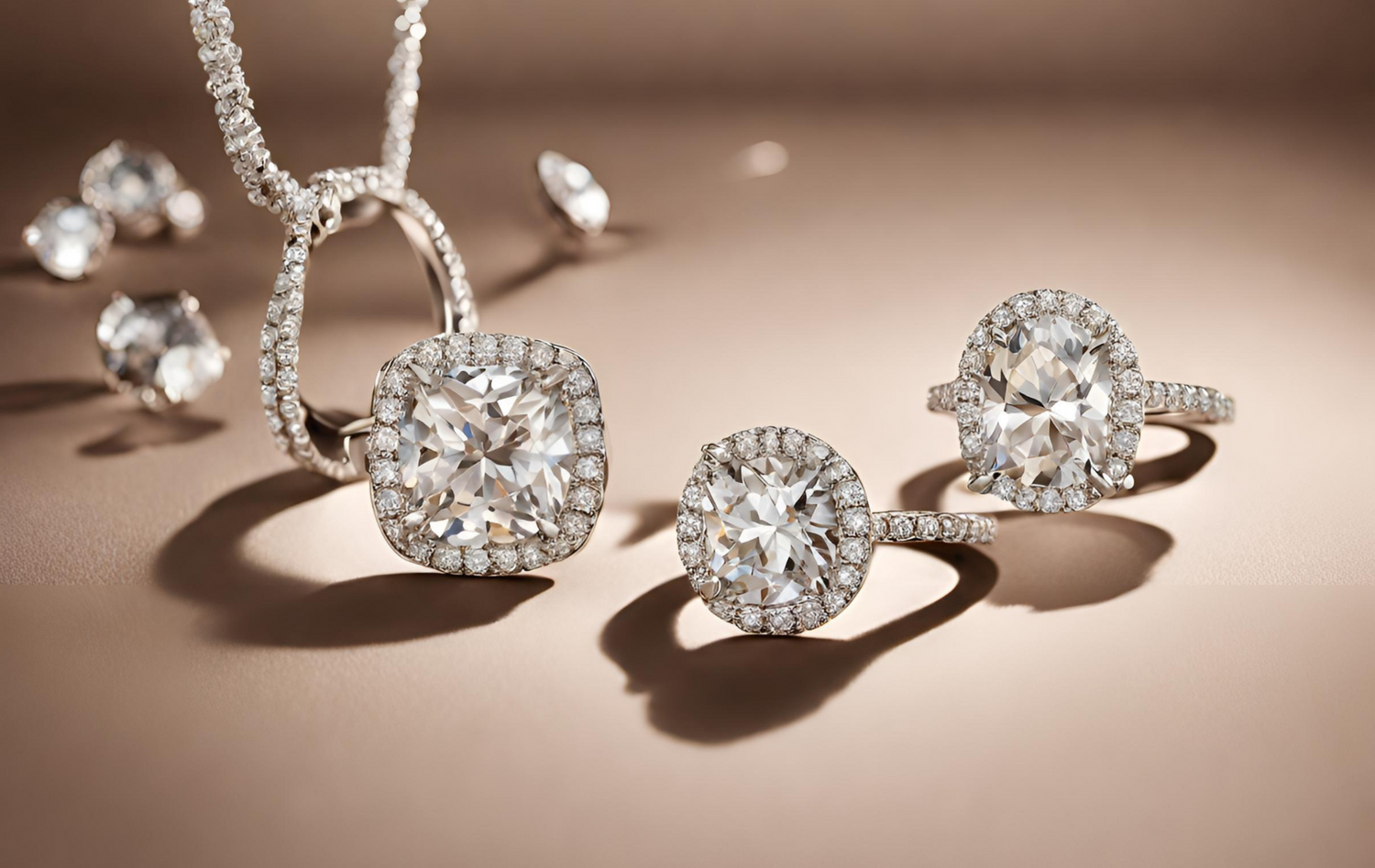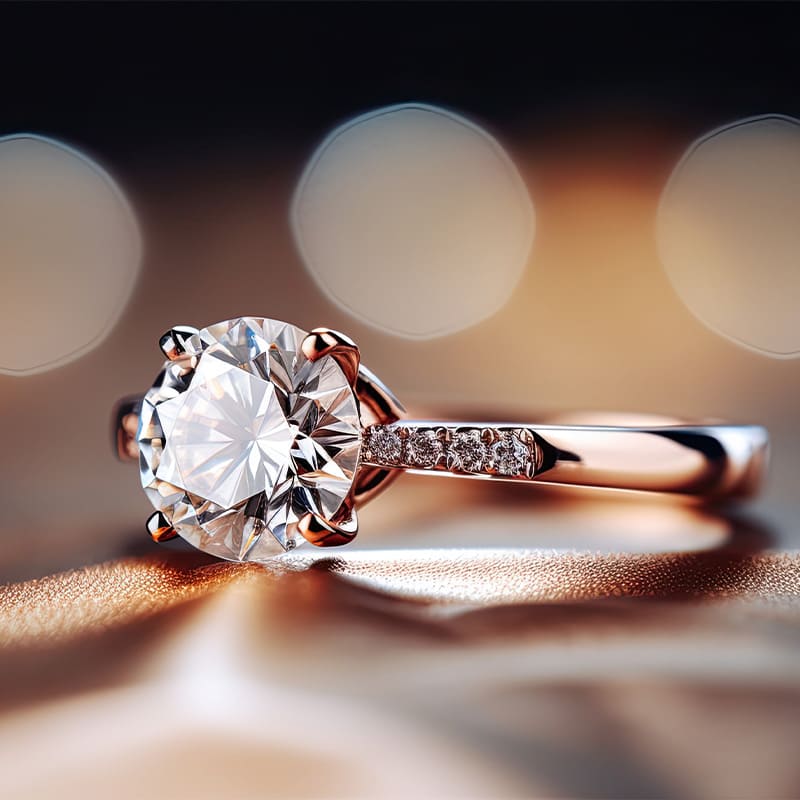In the world of lab-grown diamonds, two prominent grading institutions stand out: the International Gemological Institute (IGI) and the Gemological Institute of America (GIA). As consumers increasingly turn to lab-grown diamonds for their ethical and environmental benefits, understanding the disparities between these two grading entities becomes crucial. Let’s delve into the intricacies of igi vs gia lab grown diamonds to help you make an informed decision.
1. The Legacy of GIA and IGI
When it comes to diamond grading, both the GIA and IGI have established themselves as reputable authorities.
- GIA: Founded in 1931, the GIA boasts a rich history of setting industry standards. Its rigorous grading process is globally recognized and trusted.
- IGI: Established in 1975, the IGI has also gained recognition for its thorough evaluations of diamonds. While newer compared to the GIA, the IGI has made significant strides in the gemological community.
2. Grading Criteria
The criteria used by GIA and IGI may differ slightly, influencing the grading and pricing of lab-grown diamonds.
- GIA: Known for its stringent grading standards, the GIA evaluates lab-grown diamonds based on the same criteria as natural diamonds, including the 4Cs (cut, clarity, color, and carat weight). This ensures consistency and accuracy in assessments.
- IGI: While also considering the 4Cs, the IGI may employ slightly different grading criteria, leading to variations in the evaluation process. However, the IGI still maintains a high level of integrity in its assessments.
3. Industry Recognition and Acceptance
The acceptance of lab-grown diamonds in the jewelry industry is influenced by the recognition and reputation of grading institutions.
- GIA: Due to its longstanding reputation and global recognition, diamonds graded by the GIA often command higher market value and are widely accepted in the industry.
- IGI: While the IGI may not have the same level of recognition as the GIA, its assessments are still respected within the industry. Diamonds graded by the IGI offer consumers an alternative with reliable certification.
4. Pricing Dynamics
The variance in grading standards and industry recognition can impact the pricing of lab-grown diamonds.
- GIA: Diamonds graded by the GIA typically carry a premium due to the institute’s esteemed reputation and strict grading criteria. Consumers may expect to pay a higher price for GIA-certified lab-grown diamonds.
- IGI: Lab-grown diamonds certified by the IGI may be priced slightly lower compared to those graded by the GIA. This affordability can make lab-grown diamonds more accessible to a wider range of consumers.
5. Consumer Considerations
When choosing between igi vs gia lab grown diamonds, several factors come into play.
- Budget: Consider your budget and how it aligns with the pricing differences between GIA and IGI-certified lab-grown diamonds.
- Preference: Some consumers prioritize brand recognition and may opt for GIA-certified diamonds, while others value affordability and may choose IGI-certified diamonds.
- End Use: Determine the intended use of the diamond, whether it’s for an engagement ring, investment, or personal collection. This can influence your decision regarding grading institutions.
In conclusion, the choice between igi vs gia lab grown diamonds ultimately depends on individual preferences and priorities. Whether you prioritize industry recognition, pricing, or specific grading criteria, both the GIA and IGI offer reputable certification for lab-grown diamonds. By understanding the nuances between these grading institutions, consumers can make confident and informed decisions when purchasing lab-grown diamonds.




